Climate change is increasing day length at an unprecedented rate. Melting polar ice shifts Earth’s center of gravity towards the equator.
This slows the planet’s rotation, adding milliseconds to each day. By 2100, climate change could add 2.62 milliseconds per century to day length.
Subtle Changes Impact Space Travel

Longer days pose challenges for long-range space missions. A one-centimeter deviation on Earth can mean missing targets by hundreds of meters.
Precision landings on other planets require accurate Earth rotation estimates. NASA’s Perseverance rover landed within 5 meters of its target on Mars in 2021.
Tidal Friction: Historical Day Lengthener
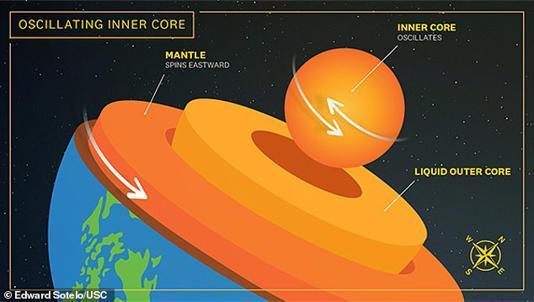
The Moon’s gravity has traditionally been the primary day-lengthening factor. Tidal friction adds about 2.4 milliseconds per century to day length.
This effect has been consistent over millions of years. Earth’s rotation slows by about 1.8 milliseconds per century due to tidal friction.
Climate Change Outpaces Lunar Effects

Climate change could become the dominant day-lengthening factor. It has added 0.8 milliseconds to the day since 1990.
High emission scenarios predict this rate could double by 2100. Climate effects could surpass tidal friction’s impact for the first time in Earth’s history.
Earth’s Core Influences Rotation Speed
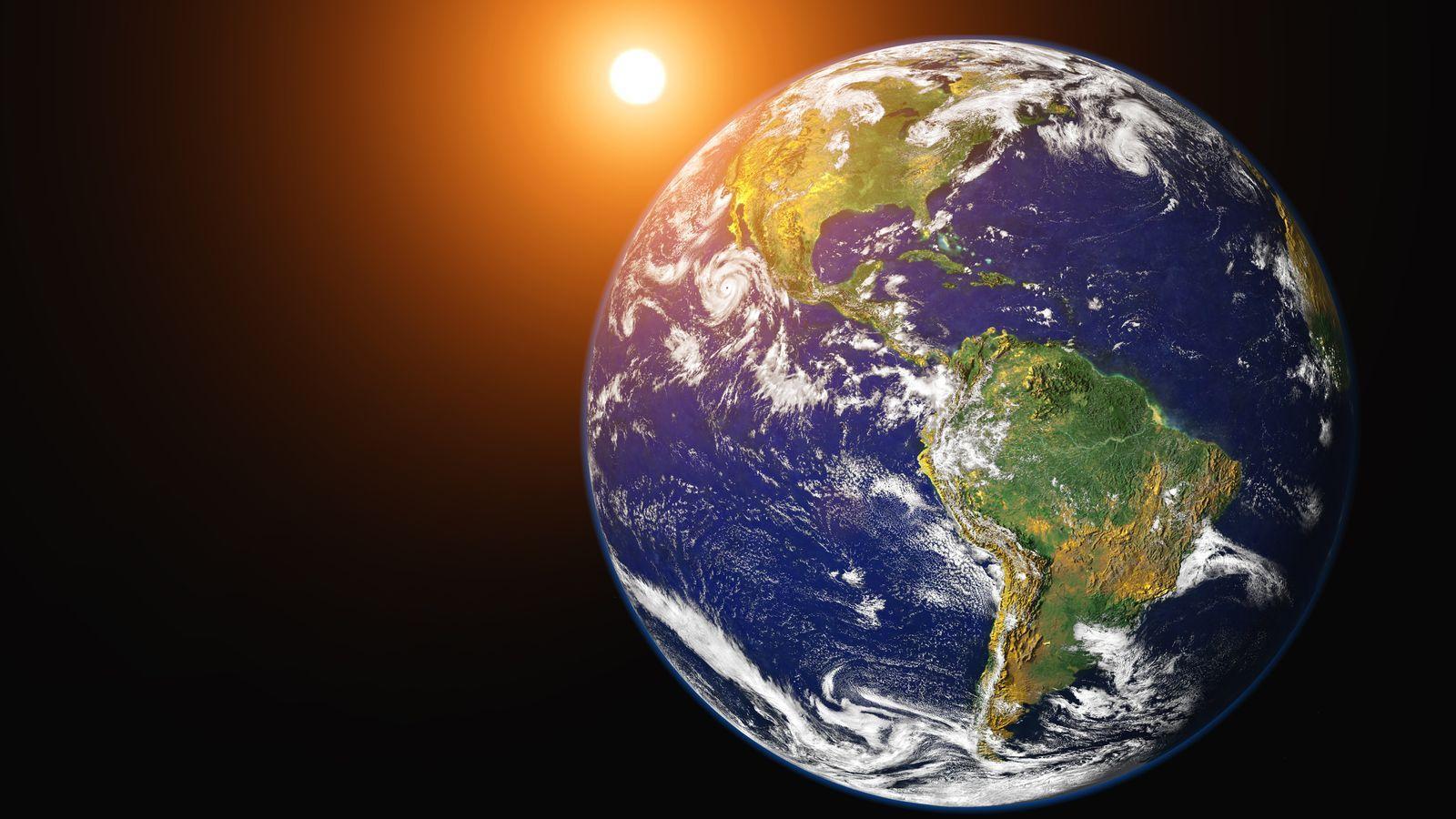
Changes in the inner core’s spin affect Earth’s rotation. A decelerating core increases gravitational pull on the mantle.
This interaction slows Earth’s rotation over time. 1.4 billion years ago, a day lasted less than 19 hours.
Very Long Baseline Interferometry Measures
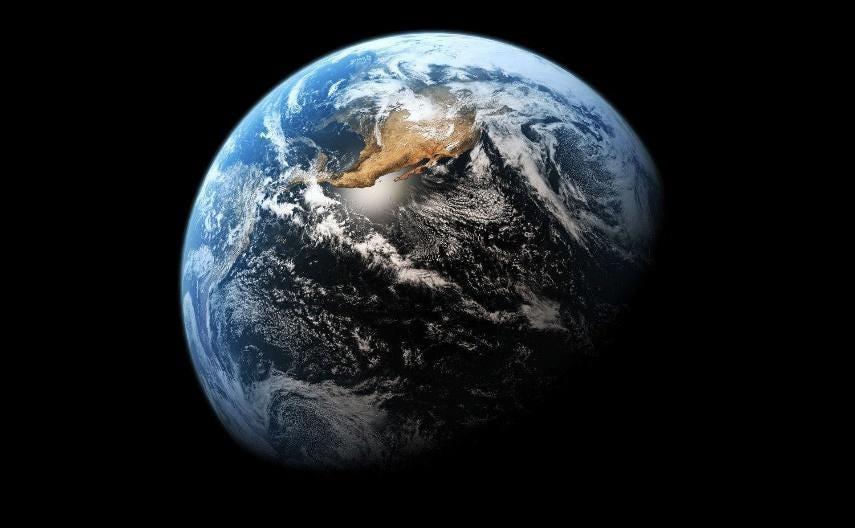
Scientists use VLBI to measure Earth’s rotation precisely. This technique tracks radio signals from space.
It can detect changes in Earth’s axis to within 1 centimeter. VLBI has been used since the 1970s for these measurements.
Climate Change Tilts Earth’s Axis
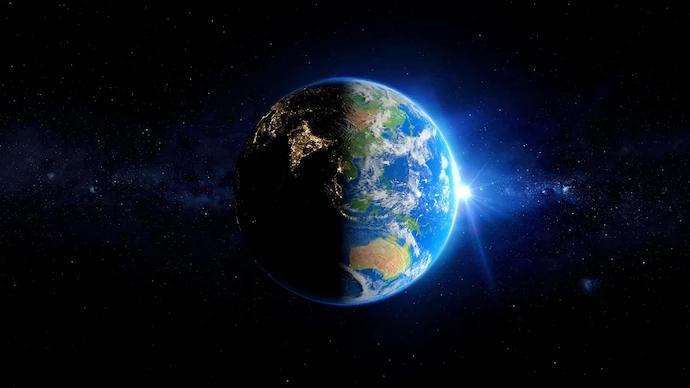
Researchers discovered climate change affects Earth’s axial tilt. Surface mass redistribution causes slight axis shifts.
Deep core changes also contribute to this effect. The Earth’s axis currently tilts at 23.5 degrees.
Core Dynamics Respond to Surface

Climate change may influence Earth’s liquid outer core. Conservation of angular momentum creates feedback effects.
This could alter core dynamics over time. The Earth’s outer core is approximately 2,900 km thick.
Atomic Clocks and Leap Seconds

Variations in Earth’s rotation affect global timekeeping. Atomic clocks sometimes require leap second adjustments.
27 leap seconds have been added since 1972. The last leap second was added on December 31, 2016.
Historical Day Length Variations
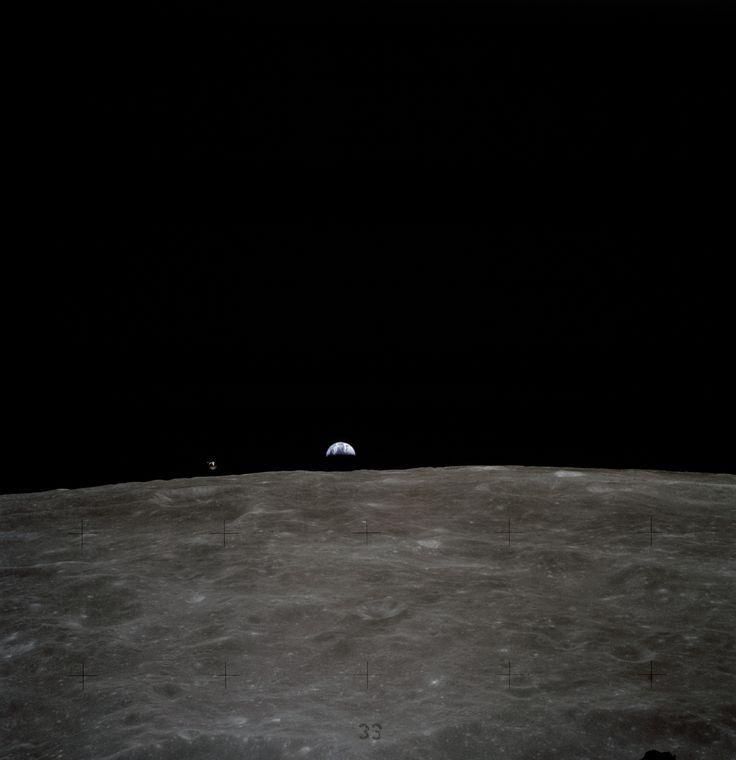
Earth’s day length has varied significantly over geological time. Days are getting longer by about one 74,000th of a second annually.
350 million years ago, a day was about 23 hours long. The longest day in Earth’s history was 25 hours, occurring 270 million years ago.

